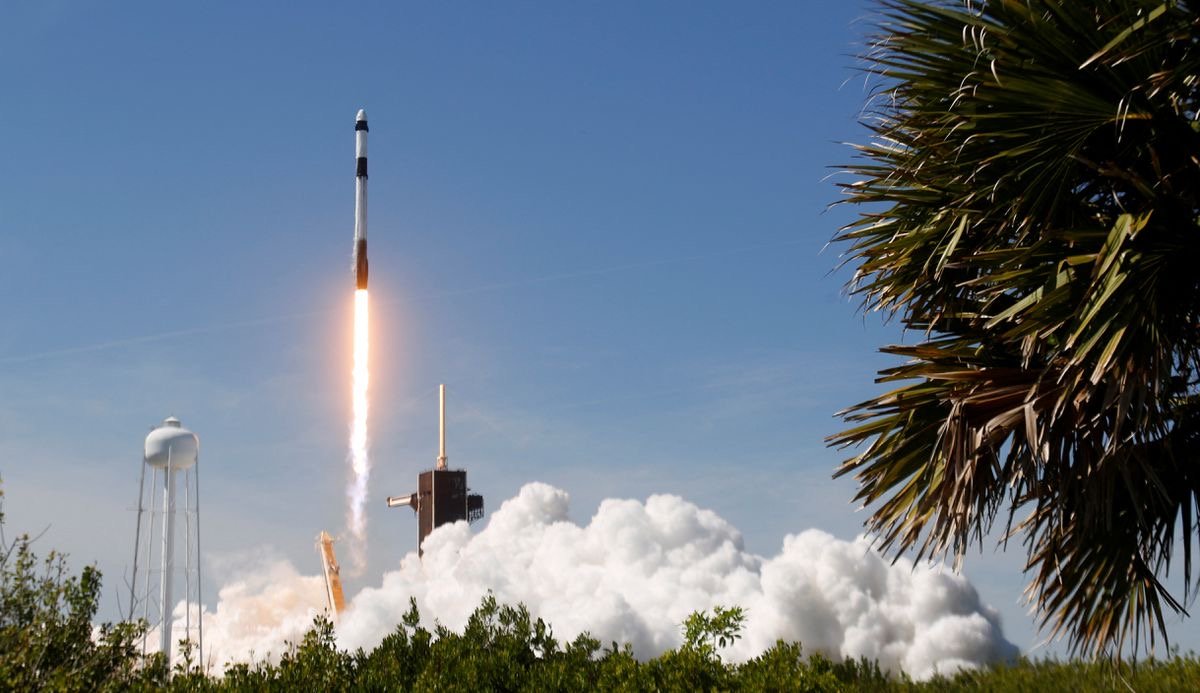NASA’s Plans for 2023
Steve Nesius/Reuters
This March, the administrator of the National Aeronautics and Space Administration (“NASA”), Bill Nelson, gave a speech about NASA’s plans for 2022 and beyond. The speech was prompted by the release of US President Joe Biden’s 2023 NASA budget. The budget request for the fiscal year totalled $26 billion USD, a substantial upgrade from the previous year’s. The eight per cent rise from the 2022 budget makes it the largest budget in NASA history. All this money will go towards a “new era” for the space industry, making more jobs, fostering STEM education, addressing climate change, and exploring space. With the new Space Launch System (“SLS”) rocket on the launchpad in Cape Canaveral, Florida, the new moon program, Artemis, is just starting up. Artemis 1 will go to the moon this May in an uncrewed flight to test that all the systems are working correctly before sending humans.
While the COVID-19 Pandemic has affected everyone, Nelson insists the NASA family has stayed strong and pushed through challenges. The pandemic even inspired their new vision statement: “Exploring the secrets of the universe for the benefit of all”.
In a recap of achievements from this past year, Nelson elaborated on the launch of the James Webb Telescope, the International Space Station’s (“ISS”) operations, as well as preparation for the Moon and Mars. The James Webb Telescope is the most powerful telescope ever launched. It will take its first pictures in the summer of galaxies 13.5 billion light-years away, right after the Big Bang. It travelled 1,000,000 miles, which had 444 points of failure, yet the telescope’s launch went even better than planned.
Astronaut Mark Vande Hei recently returned from his record-breaking 355 days on the ISS, where Russian cosmonauts and American astronauts continue to work together. They are said to be unaffected by what is happening on the ground with the Russian invasion of Ukraine. Astronauts and cosmonauts are keeping the international project of the ISS peaceful and professional for the time being.
With the Artemis program taking humanity back to the moon for the first time in over 50 years, astronauts will learn to live and work in a hostile environment, pushing the boundaries of space exploration. An outpost orbit-ing the moon, dubbed “Gateway”, will act as a port between the Earth and deep space. Later this year, the crew for Artemis 2, the first crewed mission, will be announced.
Artemis will lead to the plans for the first humans on Mars sometime in the late 2030s. The science and tech demonstrations, extraction of resources and scouting for settlement areas on the moon will be a trial run for Mars. As Mars is farther away, by some mil-lion kilometres, having the moon as a final safety check will greatly improve the likelihood of success on the red planet.
In December, NASA signed agreements with three American companies to develop space stations and other commercial destinations. They will start in Low Earth Orbit (“LEO”), then expand further into space, all of which the budget supports. The United States will maintain a strong presence in the commercial economy of LEO after the retirement of the ISS.
As for climate change, NASA will continue research on surface temperature, greenhouse gases, and other important factors in climate change. Their new goal, however, is to make that data, which is currently available to the public, easier to use and under-stand. Another development on this front is the plans for the Earth System Observatory (“ESO”), a new generation of satellite missions. They will launch before the end of the decade, becoming a new “mission control” for the observation and mitigation of climate disasters.
From a presentation at NASA’s Armstrong Flight Test Centre, shown on the screens at the main site, test pilot Tim Williams described NASA’s advancement of clean aircraft. The X-57 Maxwell is NASA’s first all-electric crewed aircraft, fully retrofitted to the title. It has electric batteries and motors, so much so that the four seats at the front are the only non-battery part of the plane.
The aerospace industry was interest-ed in distributed electric propulsion, which began NASA’s work on the electric aircraft. NASA’s role as a breaker of barriers led them to create the Maxwell, influencing standards and paving the way for the future of electric aviation. NASA started by test-ing a modified electric wind on a semi-truck, which proved the motors could make 300 horsepower. From there, the batteries were created safely, so there were no thermal runaways and the plane could be made public.
The X-57 will fly for the first time this summer, paving the way for a new line of quiet supersonic planes, theX-planes. The X-planes will cut airtime in half. They will be made as airliners, not just fighter jets.
NASA has many plans, and goals they are working towards, from the Moon and Mars to the all-electric aircraft. They plan on recognizing and bringing down barriers that hinder fairness, and ensuring everyone has access to NASA’s programs. The administrator stated that the State of NASA is strong, over the past year they had achieved the impossible. Concluding his speech with “onward and upward,” NASA is prepared for a decade of electric aircraft, moon landings and space exploration.

